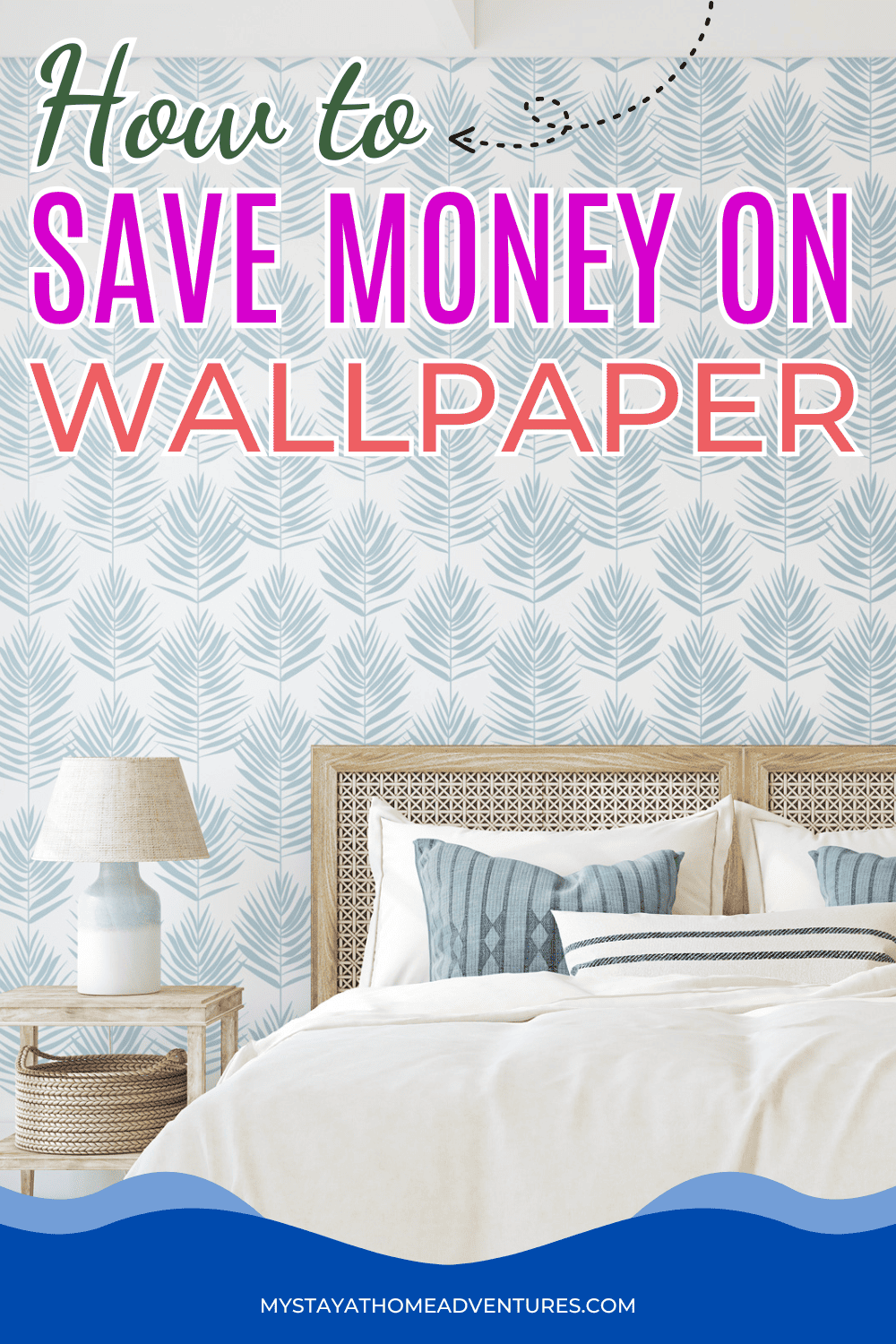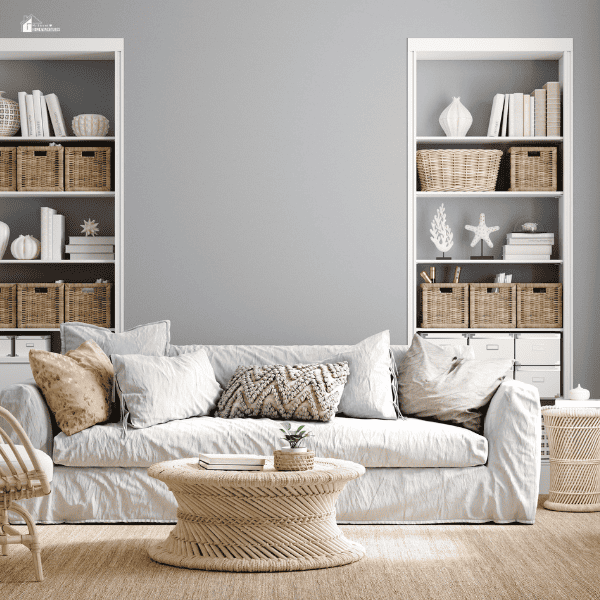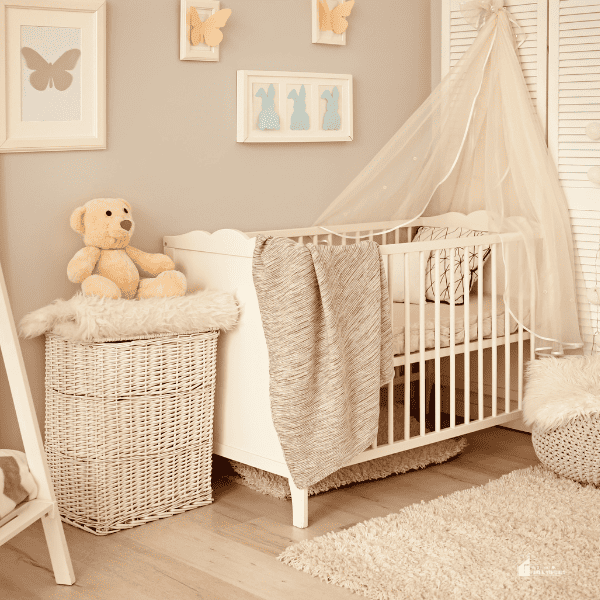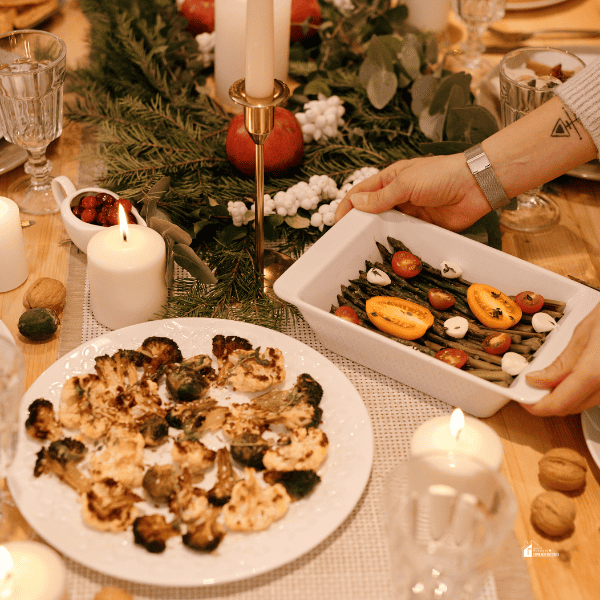How to Save Money on Wallpaper: Tips for Beginners
This post may contain affiliate links which might earn us money. Please read my Disclosure and Privacy policies hereUpdating your home with wallpaper is a simple way to add style and personality to your space, but it can quickly become expensive if you're not careful. Luckily, there are plenty of ways to save money on wallpaper, even if you’re a beginner. With options like peel and stick vintage wallpaper for a classic touch or playful designs such as dog wallpaper for kids, you can transform any room without overspending. Here's how to get started and save.
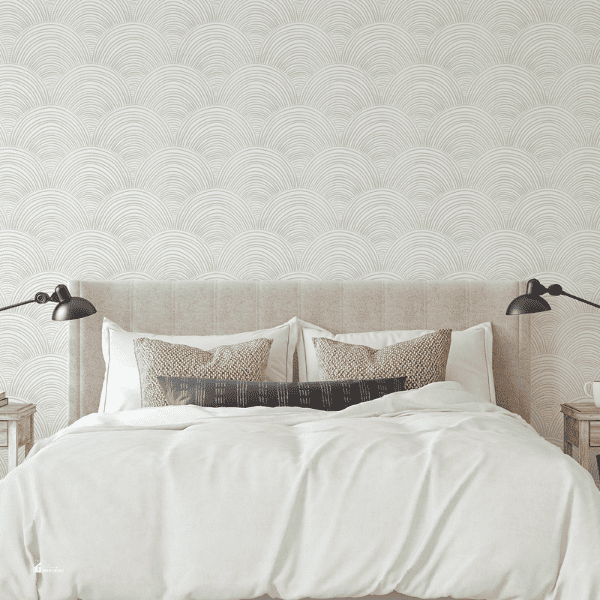
1. Measure Your Space Accurately
Before purchasing wallpaper, take the time to measure your walls carefully. This ensures that you’ll buy the right amount of wallpaper without wasting money on excess material. Measure the height and width of each wall and multiply them to calculate the total square footage.
Once you have your measurements, check the roll coverage on the wallpaper packaging. Each roll will list how many square feet it can cover. Always round up to allow for mistakes and pattern matching, especially with detailed designs like floral patterns or bold prints for kids' rooms.
2. Start with an Accent Wall
If you're on a tight budget, consider wallpapering just one accent wall instead of an entire room. This approach uses significantly less wallpaper while still creating a statement. For example, you can use a vintage-inspired design to highlight a fireplace wall or add charm to the wall behind your bed.
For kids' rooms, a single wall covered with a fun print can make the room feel playful without overwhelming the space—or your budget. Pair it with solid-colored paint on the other walls to balance the look and save money.
3. Opt for Peel and Stick Wallpaper
Peel and stick wallpaper is a fantastic option for beginners because it’s affordable, easy to apply, and doesn’t require professional installation. Unlike traditional wallpaper that needs paste or glue, peel and stick wallpaper comes with an adhesive backing, making it easy to reposition if you make a mistake.
Because you can install it yourself, peel and stick wallpaper eliminates the need to hire a professional, saving you significant money.
4. Shop for Discounts and Sales
One of the easiest ways to save money on wallpaper is to shop smart. Look for sales, discounts, or clearance sections on home improvement websites and in stores. Retailers often mark down discontinued patterns, so you can snag beautiful wallpaper at a fraction of the cost.
Online marketplaces like Etsy also offer affordable options, including unique patterns and customizable designs. Another great place to check is overstock or discount home decor stores, where you might discover hidden gems at reduced prices.
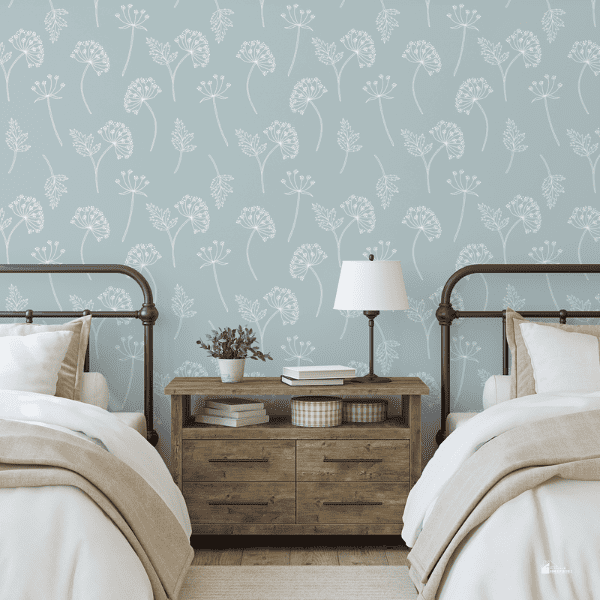
5. Use Wallpaper in Small Spaces
If you love the look of wallpaper but don’t want to splurge on covering an entire room, focus on smaller spaces. Powder rooms, closets, or the backs of bookshelves are great spots to experiment with wallpaper on a budget.
A single roll of wallpaper can be used to transform a small space or add an unexpected pop of style in a room. This technique allows you to enjoy the beauty of wallpaper without needing to purchase multiple rolls.
6. Try Remnants and Samples
Many retailers sell wallpaper remnants or offer small sample pieces at discounted prices. These smaller pieces are ideal for small-scale projects or DIY crafts. For example, you can use leftover wallpaper to line dresser drawers, create unique wall art, or frame it for a one-of-a-kind decoration.
Shopping for remnants allows you to get the look you want for less. Samples can also help you test out a pattern before committing to a larger purchase.
7. DIY Wallpaper Installation
Hiring a professional to install wallpaper can significantly increase your overall costs, so consider doing it yourself instead. While traditional wallpaper installation can be tricky, peel and stick wallpaper is much more beginner-friendly.
Start by prepping your walls. Make sure they’re clean, smooth, and free of any holes or imperfections. Take your time to align the pattern correctly, smoothing out air bubbles as you go. There are plenty of tutorials and videos available online to help you master DIY wallpaper installation, so don’t be intimidated.
8. Mix and Match Wallpaper with Paint
Another cost-effective way to use wallpaper is to pair it with paint. For example, instead of wallpapering an entire wall, you can apply wallpaper to the top half and paint the bottom half in a complementary color. Adding a chair rail or decorative molding between the two sections creates a polished, professional look at a fraction of the cost.
In kids' rooms, consider using wallpaper for an accent area, like behind a bed or a desk, and paint the rest of the room in a neutral or pastel shade. This approach is budget-friendly and creates a fun, balanced look.
9. Use Wallpaper Sparingly
Sometimes less is more. Wallpaper can make a big impact even when used in small doses. Instead of wallpapering an entire wall, try creating panels by framing sections of wallpaper with molding or attaching them directly to foam boards.
This works well for peel and stick designs, as you can cut them to fit the exact size you need. Framed wallpaper panels can serve as eye-catching decor, and they’re easy to remove or update as your style changes.
10. Buy More Than You Think You’ll Need
While it might sound counterintuitive to buy extra wallpaper when you’re trying to save money, it’s better to have a little leftover than to run out mid-project. This is especially important for patterned wallpaper, as you’ll need extra to match the pattern between strips.
Having a little extra on hand is also helpful if you need to make repairs or if you decide to use the leftovers for future DIY projects, like lining shelves or creating custom decor.
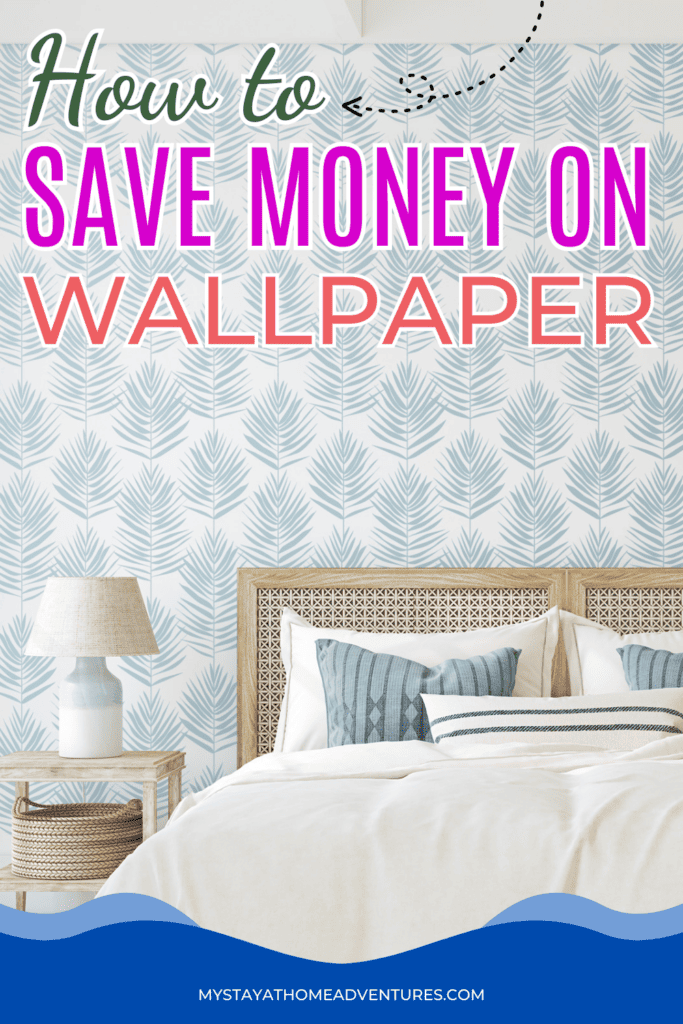
Final Thoughts
Wallpaper is a stylish way to transform any space, but it doesn’t have to break the bank. Whether you’re choosing peel and stick vintage wallpaper for a timeless look or playful dog wallpaper for kids, careful planning and smart shopping can help you stay on budget. By focusing on smaller spaces, taking advantage of sales, and installing it yourself, you can enjoy a beautifully designed room without overspending. With these tips, you’ll be ready to tackle your next wallpaper project confidently and affordably.

